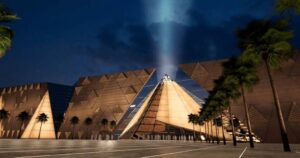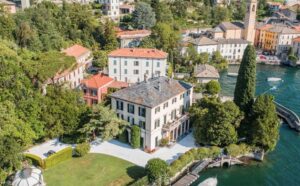Located in the heart of Paris, the Louvre Museum is not only one of the most iconic and busiest museums in the world; it is a living testimony of centuries of cultural, artistic and architectural development. Celebrating its 320th anniversary, the Louvre invites us to immerse ourselves in its rich tapestry of intertwined stories and in the majesty of its works.
Origins of the Louvre: Beyond its Fortress Walls
Initially erected as a defense bastion under the reign of Philippe Augustus in the 12th century, the Louvre bears witness to the evolution of Paris since its earliest days. From fortress to majestic royal palace, its structure and function transformed as France's needs and ambitions changed.
An Architectural Story of the Louvre of a Thousand Years
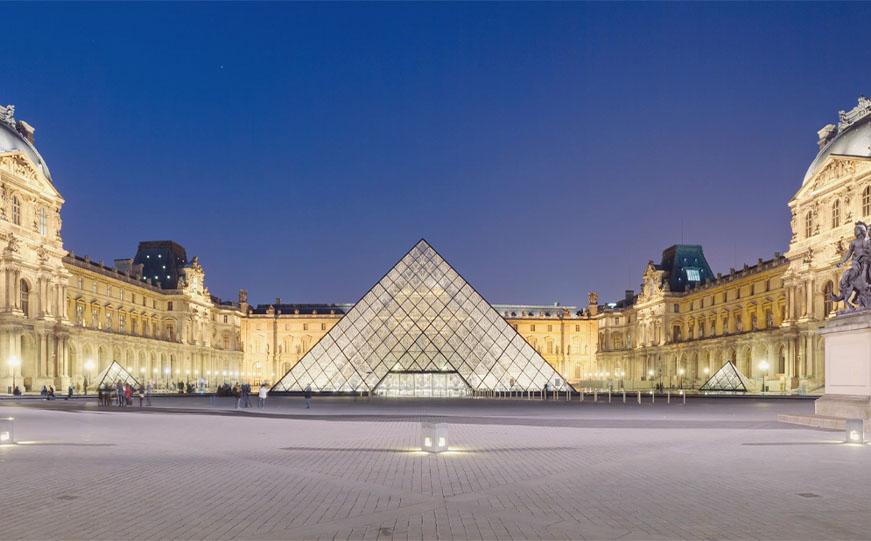
The construction of the Louvre is a chronicle in stone and art of the stylistic evolution of France. During the Renaissance, under the tutelage of Francisco I, the palace was imbued with the Italian Renaissance, marking a turn in the aesthetics of the time. Later, the Louvre Colonnade, a masterpiece of French classicism, was added thanks to the vision of Louis XIV. But the Louvre never stopped reinventing itself; the Glass Pyramid designed by I.M. Pei in 1989, is a bold statement of modernity in the midst of classicism, showing that the Louvre has always been and will be a meeting point between tradition and contemporary.
From Royal Residence to Art Sanctuary
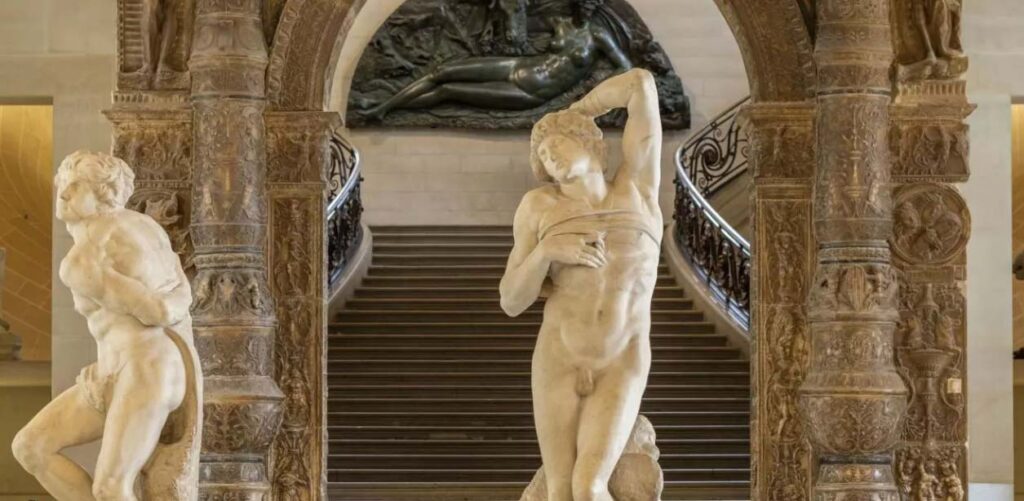
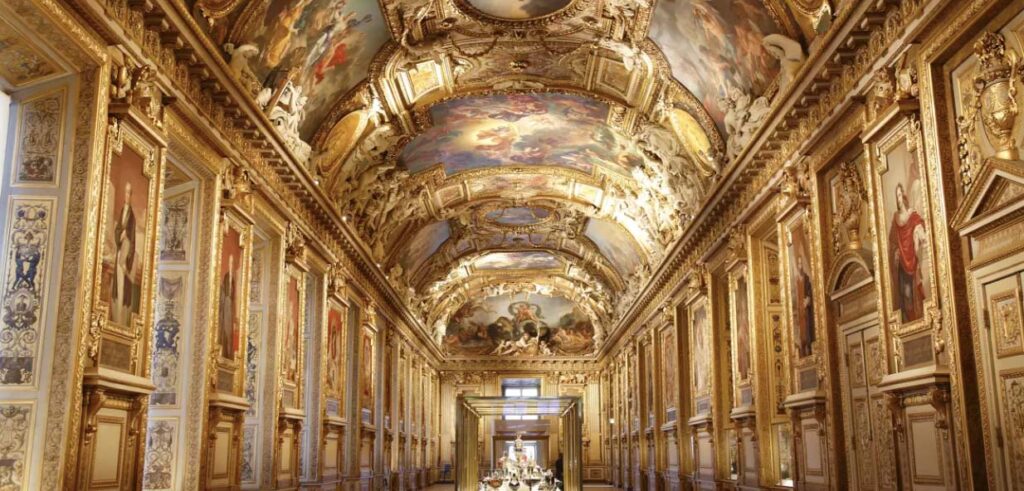
The French Revolution was the catalyst that transformed this palace into an epicenter of art and culture. Decreed by the National Assembly in 1791 to display the nation's artistic jewels, the Central Museum of Arts opened in the Louvre Palace on August 10, 1793. Since then, it has been the guardian of more than 537 early masterpieces, many of which were treasures previously hidden in royal or ecclesiastical collections.
Collections: Testimonies of Human Evolution
Today, the Louvre is the custodian of a myriad of works that trace the cultural odyssey of humanity, from antiquity to the 19th century. Iconic works like the Mona Lisa, the Venus de Milo and the Winged Victory of Samothrace are just the tip of the iceberg of his vast legacy. The museum has an area of 210,000 m2, of which 60,500 m2 are galleries. It is visited by 8,500,000 people a year.
A Legacy of Access and Culture

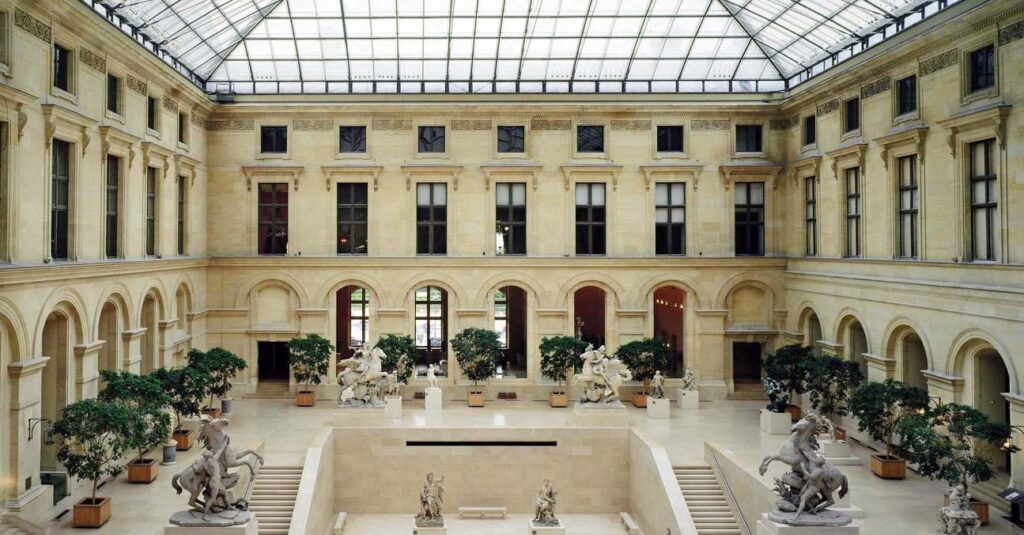
The Louvre is not just home to art but it symbolizes cultural democratization. At a time when art was the privilege of a few, the French Revolution reimagined the purpose of heritage, turning it into a good for all.
The Louvre Museum transcends its role as a mere container of masterpieces. It is a constant dialogue between past and present, a monument to the intersection of history, art and architecture. In its 320th year, the Louvre celebrates not only its existence, but the relentless human passion for beauty, knowledge and evolution.



